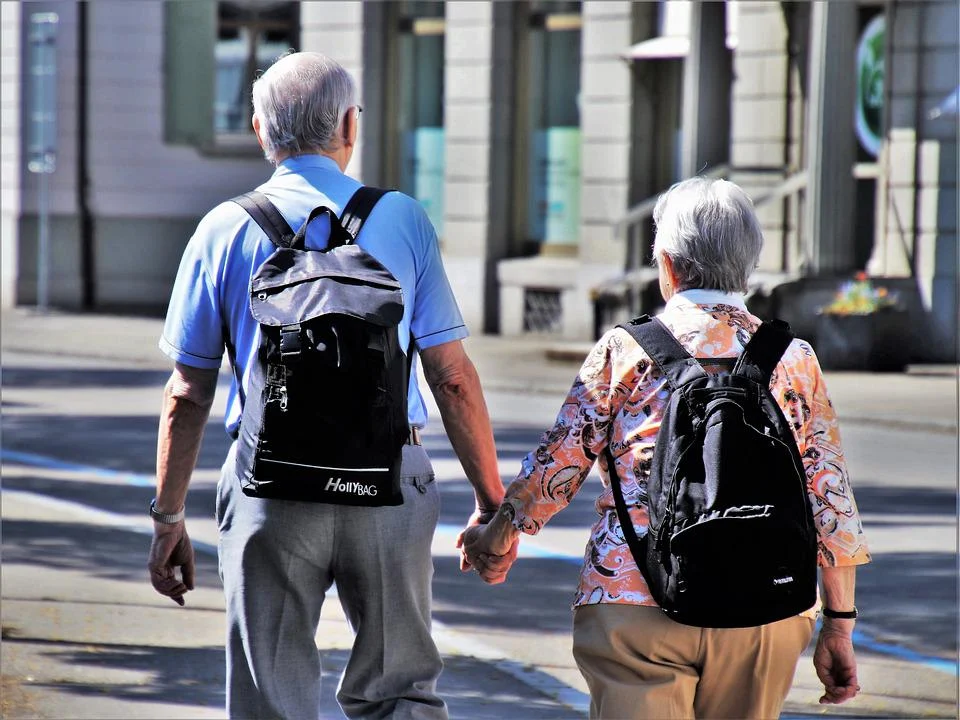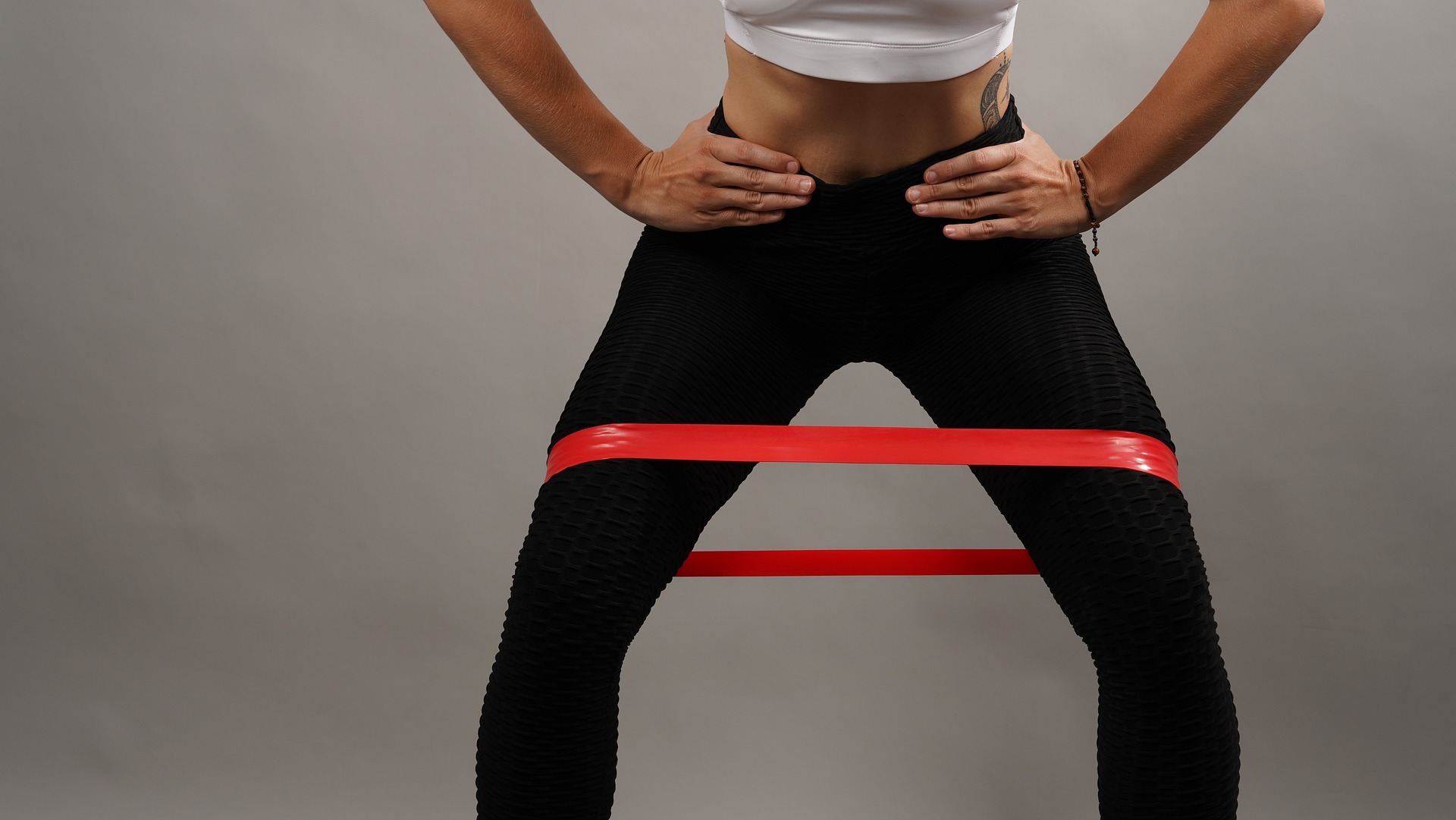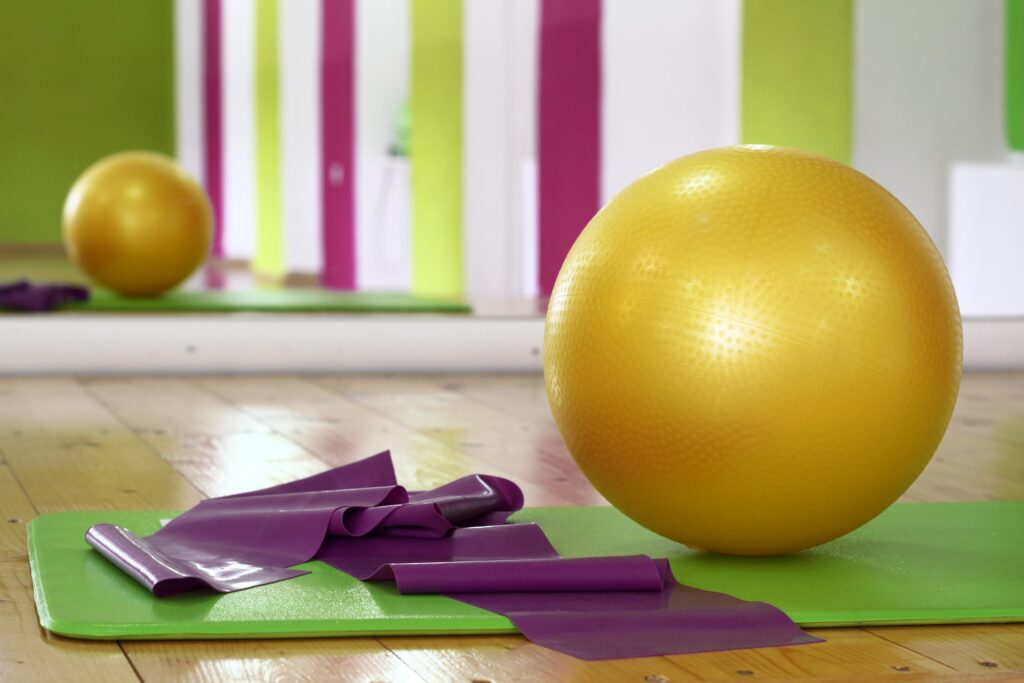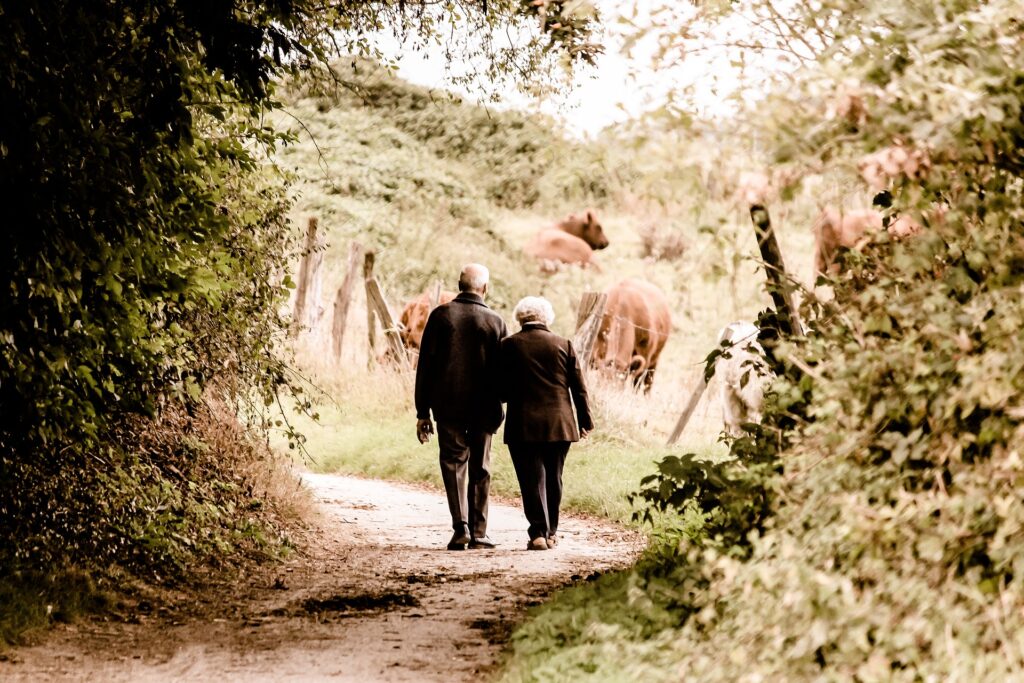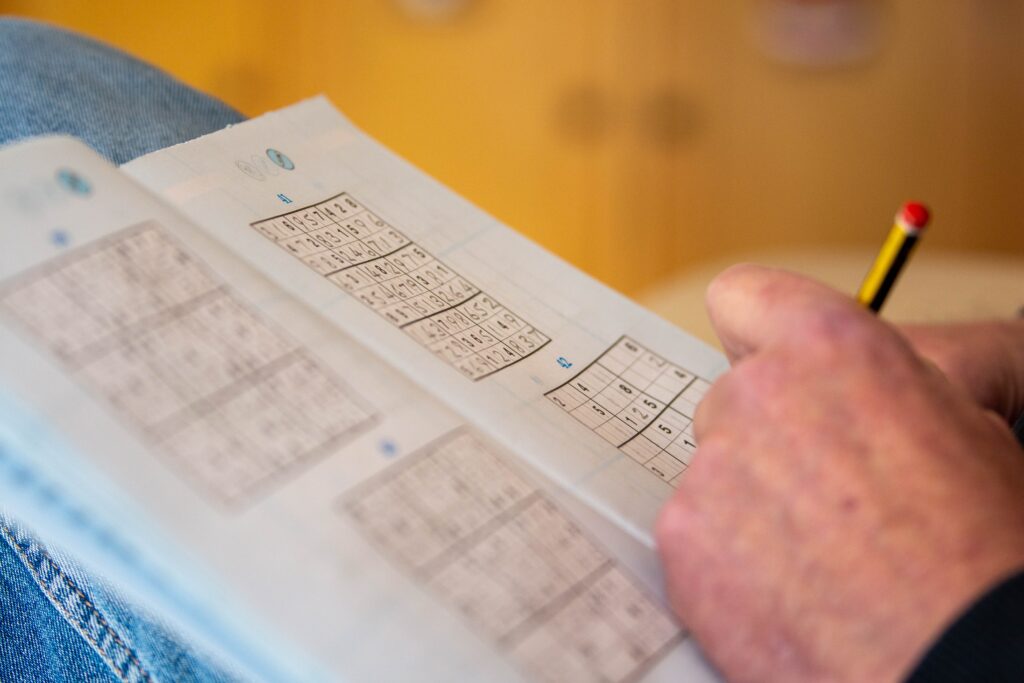One of the most difficult situations in your life is the need to move your loved ones into senior living. Moving your parents, even if they’re willing, is an emotional and delicate process. Your parents may be saddened by the loss of their independence, youth, and the home they’ve built. They might be scared about living in a new place with strangers.
You’re probably thinking about all those things too and start doubting your decision. And then you’ll just feel guilty. But know that all these feelings are normal. With proper planning and the right strategies, moving your loved one to assisted senior living can be a smooth transition for everyone.
Below are some good tips to get you started:
1. Talk To Them
Some people make the mistake of not consulting with their senior loved ones or only talking to them once only when they have already found a happier life in elderly adults. When it becomes too sudden, the transition becomes even more difficult.
So, start the conversation early. This gives them more time to collect their thoughts and form their opinion. Also, always make them part of the conversation. You don’t want them to feel that they’re being left out of the conversations that concern their life.
You can research and learn more about the benefits of assisted senior living homes, and you can have an open discussion with your senior loved one. Just make sure to listen to them when they’re voicing out their anxieties and concerns. Doing these can help your loved ones decide where and when to look on their terms when they’re ready, ensuring a more positive transition.
2. Pick The Right Community
While your loved ones should have the final say on where they’ll be moving, you need to do your research and tour different senior living communities in your area. Make sure to understand each location’s social environment, amenities, services, dining, and overall feel.
You also need to observe the friendliness of staff, the level of cleanliness, and whether the residents are content in their environment. Then, share it with your loved ones, provide recommendations and let them decide.
Take note that it’s best to start looking early to reduce pressure and allow more time to decide.
3. Be Patient
Regardless of how much you prepared yourself or your loved one for a move to senior assisted living when moving day comes, and they’re already in their new home, negative emotions like fear and guilt will still occur.
After all, no one is completely ready for this type of move. Being emotional is completely normal. You should be patient and allow as much time as possible for the emotional transition. Also, note that everyone has a different timeline for this transition, which is okay.
During this period, it’s also best to take advantage of social circles for support–from friends to family and even spiritual or professional guides. Having someone to talk to through your fears is an effective method of overcoming them.
4. Create A Familiar Space
Leaving home, where you’ve spent most of your life, is difficult. Hence, it’s important to do everything possible to make your loved one’s new place feel like their old home.
You can similarly arrange decorations and furniture as with their previous home. You can also display sentimental items such as old family photographs. If there are windows, you can hang their favorite curtains.
Take the time to create a functional and familiar living space. Bringing some of the touches of their home to their new residence can go a long way in smoothing out the transition.
5. Limit New Things
Adding new or fancy items to your loved one’s new home is tempting to make it more functional and valuable. However, limiting these items, particularly technologically advanced ones, is best.
Moving into a senior assisted living home is already a major adjustment for your loved one. Everything–from the environment, people, routines, and food–is completely new. You might not want to overwhelm them with a fancy new coffee maker, a new phone, or a nice gadget they won’t need. Limit the things they need to learn, making their transition even more difficult.
Take Away
Like any significant change in life, moving to assisted living is a difficult transition for everyone involved. While you can’t do anything to make your parent or a senior loved one who recently moved to assisted senior living instantly love their new home, following the above tips can make the transition a bit easier and help them settle better.
Take note that the first few months will be the hardest, and you should expect a lot of initial discomfort and unhappiness. But trust that there will come a day when your elderly loved one will accept assisted living as their new home sweet home.
Exercises For Seniors
A healthy lifestyle requires regular exercise and a balanced diet throughout life, and as we age, our requirements vary more and more. A rising amount of information shows how seniors should exercise frequently and how many seniors are choosing an active lifestyle over a sedentary one.
The Health Benefits of Exercise in Older Adults
Seniors have distinct motivations for maintaining their physical fitness from younger generations because of the biological changes that occur as we age. Even though physical activity has advantages for everyone at any age, the advantages for seniors’ health are more notable. According to doctors and academics, elders should maintain as much activity as they can without overdoing it. Exercise promotes a longer, better, and happier life in elderly adults.
The following are some benefits of exercising as you age:
1. More exercise means more independence for seniors – Regular exercisers in their senior years are less prone to depend on others. Frequent exercise enhances an aged person’s capacity to move, wash, cook, eat, dress, and use the restroom. Exercise is one of the finest ways for older adults to preserve independence if it is important to them.
2. Exercise improves balance for older adults – For elders than for younger ones, falling down is a far greater concern. According to the National Council on Aging, an elderly person dies from a fall every 19 minutes, and an older person is sent to the emergency room every 11 seconds for a fall-related injury. Despite the fact that no two falls are comparable and avoiding them is exceedingly difficult, regular exercise significantly lowers the risk of falling by 23%.
3. Regular exercise means more energy – Despite what might seem to be the opposite, being inactive drains your energy while being active recharges it. Every level of physical activity encourages the release of endorphins, which are essential neurotransmitters connected to pain relief and a sensation of well-being. Endorphins help you feel more lively and energized overall while battling stress chemicals and promoting healthy sleep.
4. Exercise helps prevent and counter disease – For elderly persons, diabetes, heart disease, osteoporosis, and depression are common and frequently fatal disorders. Fortunately, leading a more active lifestyle can help prevent these diseases or, if you already have them, can lessen their uncomfortable symptoms. If you are at risk for illness, exercise may be the best defense against an unpleasant condition.
5. Regular exercise improves brain function – The discovery that the mind and body are much more closely connected is one of the most remarkable advancements in health science. Regular exercise among seniors has been linked to increased cognitive health since a healthy body is probably a sign of a healthy mind. It has been demonstrated that regular exercise can cut the risk of dementia or Alzheimer’s by over 50%.
The Best Exercise for Seniors
For older folks, physical activity is important but it can be challenging to get started. It can be intimidating to return to an active lifestyle if you haven’t worked out in a while. Also, there’s a significant likelihood that the exercises you were once used to aren’t the best for senior citizens.
It’s essential to consult a doctor before beginning an exercise program to make sure you’re healthy enough for it and to learn which exercises are best for your current fitness level.

Water aerobics
Water aerobics has recently gained huge popularity among people of all ages, but seniors in particular. Exercise in the water is ideal for those who suffer from arthritis and other joint pains since the buoyancy of the water lessen the stress on your joints. , or exercises in water aerobics, which are easy on your body, and will help you get more strength, flexibility, and balance.
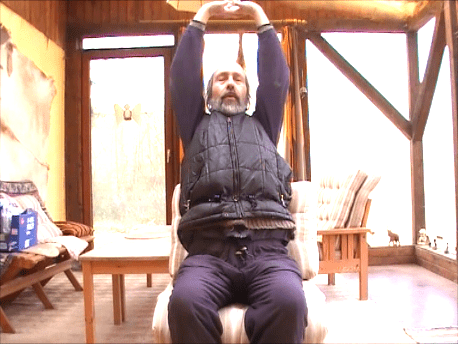
Chair Yoga
Similar to water aerobics, chair yoga is a low-impact activity that improves balance, flexibility, mobility, and muscle strength—all essential components of senior health. Chair yoga puts less stress on the muscles, joints, and bones than more traditional forms of yoga.
Moreover, chair yoga has been demonstrated to enhance older persons’ mental health. Regular users of chair yoga report improved sleep, fewer occurrences of depression, and a general sense of well-being.
Resistance band workouts
Elastic rubber strips provide training resistance while putting minimal stress on your body. Exercises with resistance bands are simple to do and great for beginners. Resistance band workouts are perfect for at-home training because the materials are very affordable upfront, which is why this kind of exercise is becoming more and more popular among seniors. These exercises are also great for building up your core, which improves posture, balance, and mobility.
Pilates
Pilates, a low-impact exercise technique, was developed more than a century ago. Pilates exercises emphasize breathing, alignment, focus, and core strength. They typically make use of mats, pilates balls, and other inflatable equipment to help build strength without the impact of more demanding exercises. It has been demonstrated that older persons who practice pilates have better balance, stronger core muscles, and greater flexibility.
Walking
Walking is one of the most convenient and low-stress types of exercise. Goals for distance traveled and steps taken vary from person to person because some seniors find walking to be more difficult than others. A healthy lifestyle recommendation for the general public is 10,000 steps per day, however people who have trouble walking or joint pain may choose to set a lower goal. Walking helps you live a healthy lifestyle, builds muscles, and reduces your risk of developing diabetes, colon cancer, heart disease, and stroke.
Brain Games for Elderly
Trivia Quizzes
The mind-stimulating power of trivia can make elderly people laugh as well as keep their minds active. You chose which topic and whether the game will be played in a group or alone from among the countless trivia topics that are available online.
Making teams is a fun way to introduce some competitiveness, and the victors can receive a small prize. Depending on the level of the senior adult you’re playing with, decide whether responses are spoken out or written down.
Sudoku
By preserving their logical reasoning abilities and mental capabilities, solving Sudoku puzzles is a great way for seniors to maintain their mental sharpness. The elderly enjoy playing Sudoku because it challenges them to engage portions of their brains they would not normally use in daily life.
The best part of Sudoku for older individuals is that it can give them a great sense of accomplishment. If your senior family members don’t feel comfortable using a computer, there are lots of printable resources available for them to use instead. They can play this game online.
The classic game of Chess
Chess is a strategy game that helps senior chess players improve their logical thinking and problem-solving skills. Chess can initially look challenging, so your senior loved one might be concerned about playing. Yet once they figure it out, they might experience wonderful advantages like a higher IQ and better focus within a couple of years. You can play chess with your loved one in person if you have a set.

Jigsaw Puzzle
Try solving a puzzle if you want to start with a straightforward mind-stimulating exercise. While it may seem simple, there are several advantages for your senior loved one, including a slower breathing rate that helps to lessen anxiety and blood pressure levels. Jigsaw puzzles are an excellent way to divert attention and calm intrusive thoughts.
Scrabble
Scrabble is a timeless game that appeals to players of all ages, not just those who are elderly. Yet, there are certain advantages for elderly people in particular, including bettering memory skills (thinking of phrases to put on the board), decreasing blood pressure (due to the game’s soothing character), and enhancing general health.
There will probably be funny words spoken while playing that will entertain your loved one. This game is also a great source of educational information because it may contain words that you or a loved one have never heard of.
Conclusion
Transitioning elderly loved ones into senior living may be a tough process, both emotionally and practically. For both you and your loved one, there are a few tips that can make the move less stressful and more seamless that can be learned in this article.

